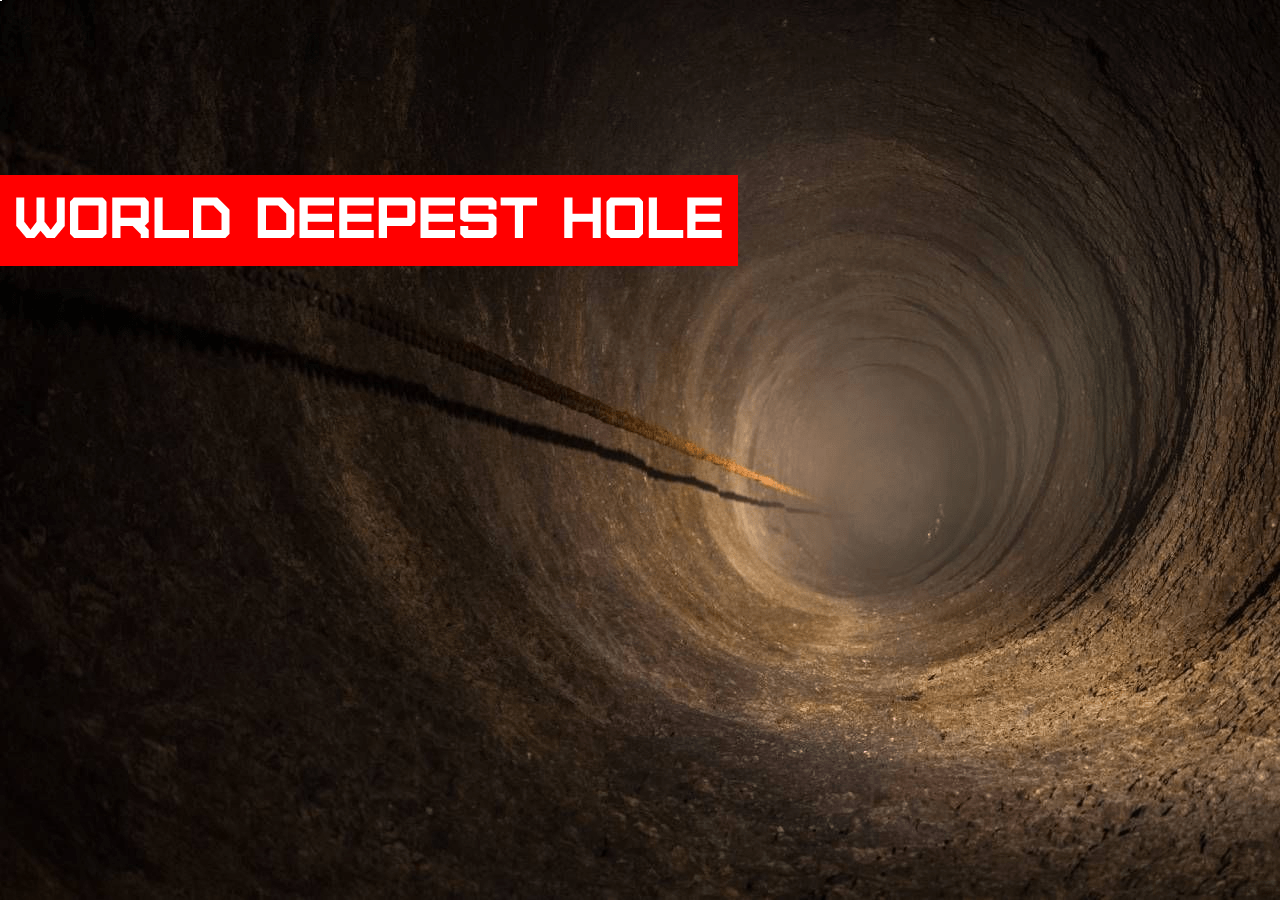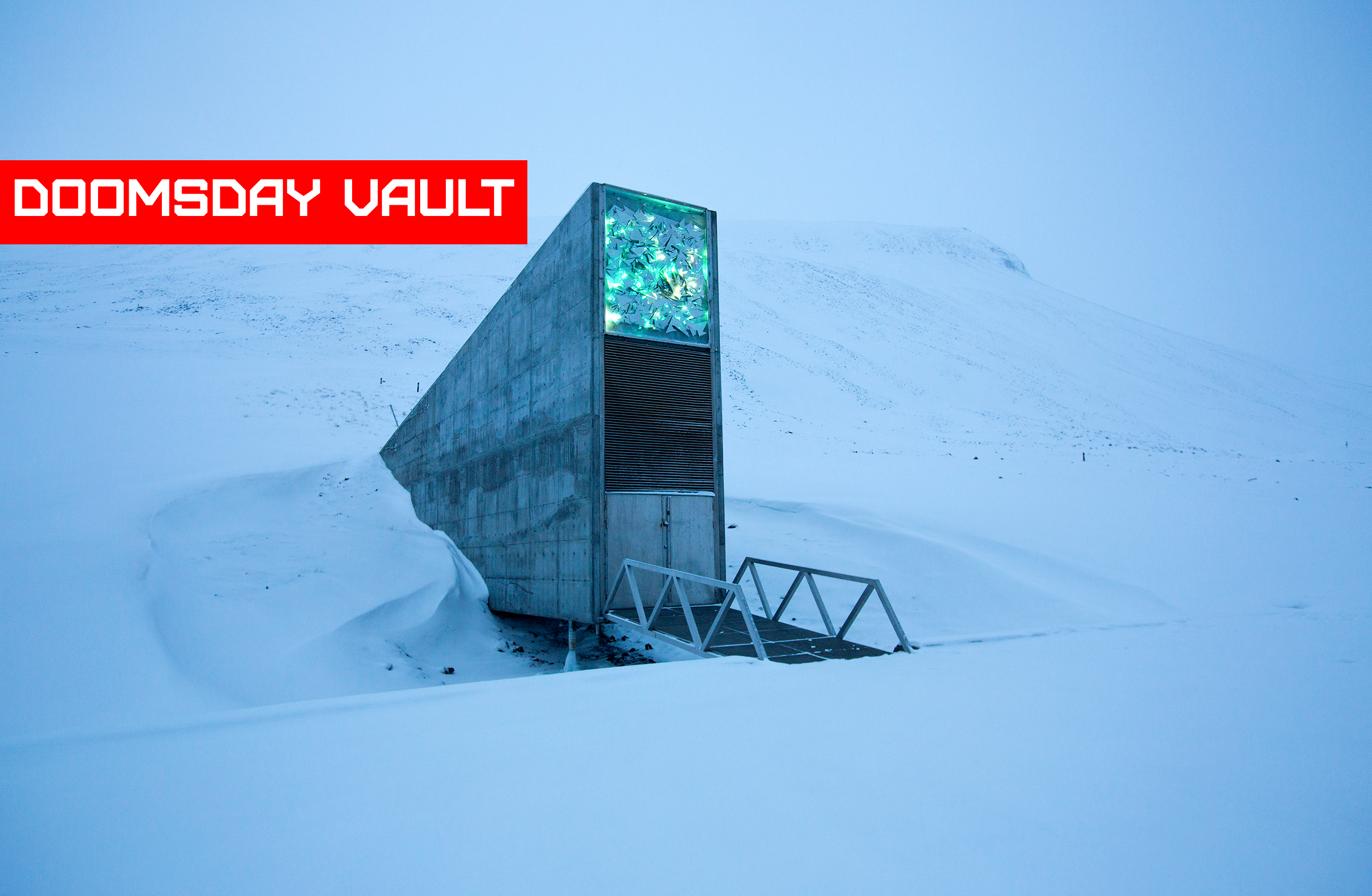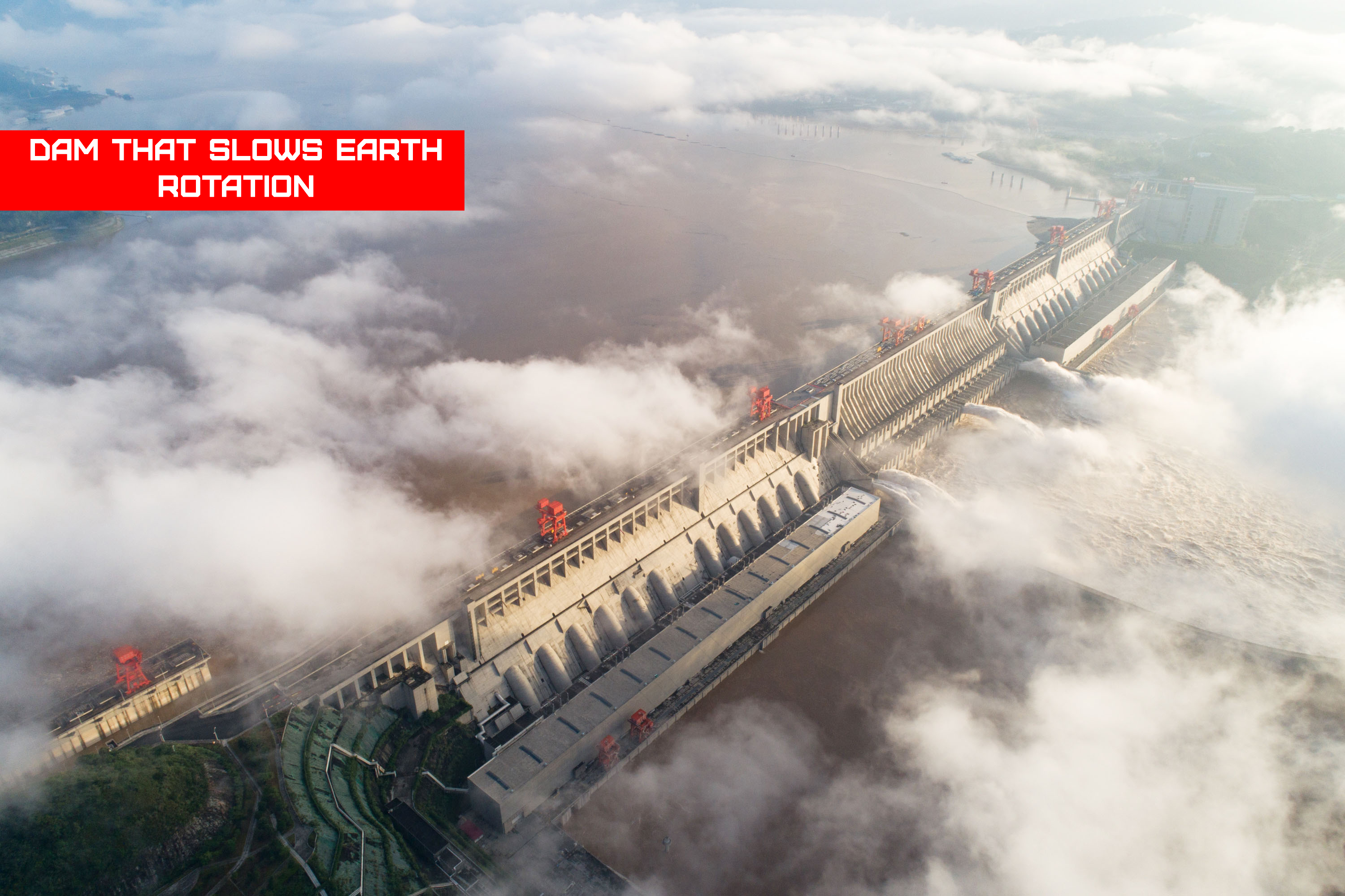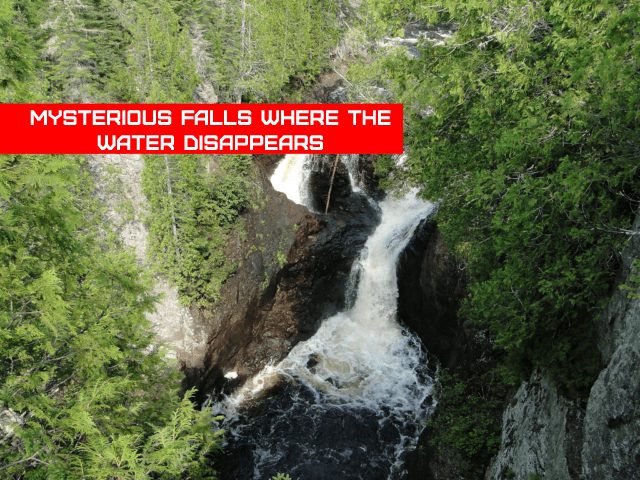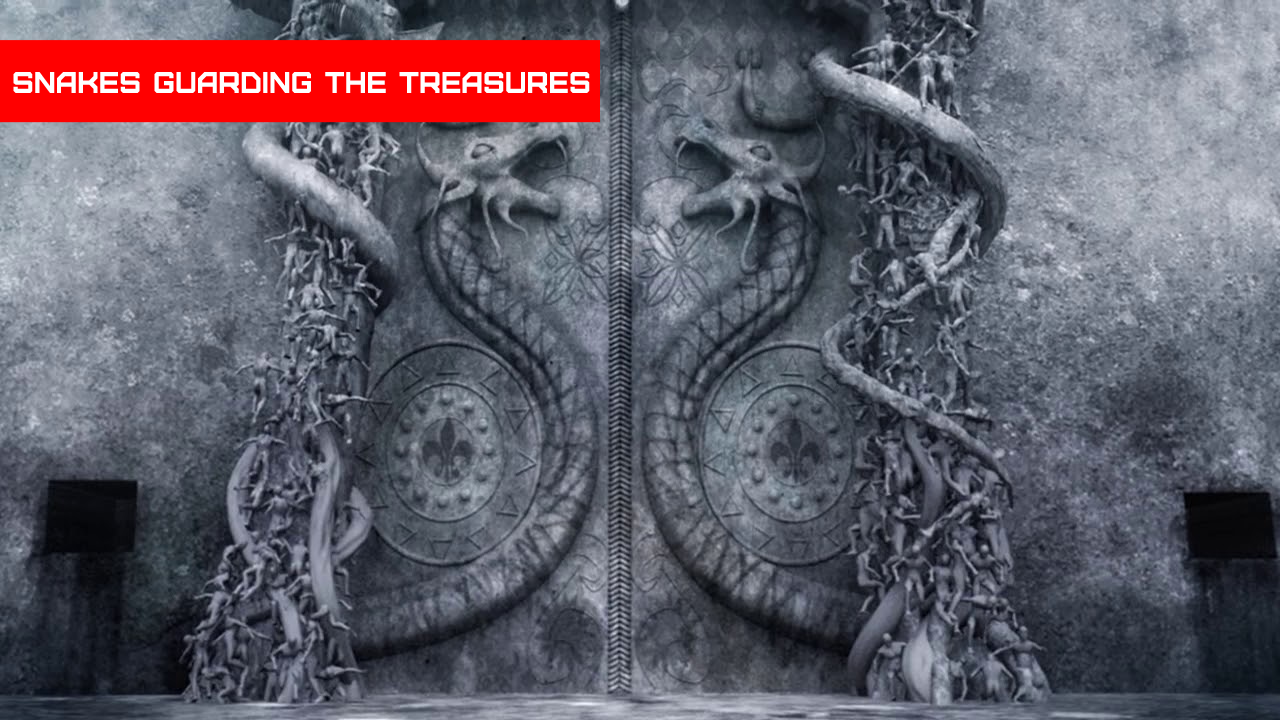When we think of the Mariana Trench, we imagine a deep, chilly, lonely, dead pit. In comparison, it is teeming with life down there. Many creatures have adapted well to the harsh environment about 11000 metres below the surface.
About Mariana Trench
The Mariana Trench is part of a worldwide network of deep troughs across the ocean bottom. When two tectonic plates clash, they create. At the site of contact, one plate descends beneath the other into the Earth’s mantle, forming an ocean trench.
How Deep is the Mariana Trench?
The Mariana Trench is a crescent-shaped rift in the Earth’s crust that is approximately 1,500 miles (2,550 kilometres) long and 43 miles (69 kilometres) wide. It is located in the western Pacific, east of the Philippines and approximately 124 miles (200 kilometres) east of the Mariana Islands. The distance between the ocean’s surface and the trench’s deepest point—the Challenger Deep, which is roughly 200 miles (322 km) southwest of the US territory of Guam—is around 7 miles (11 kilometers).
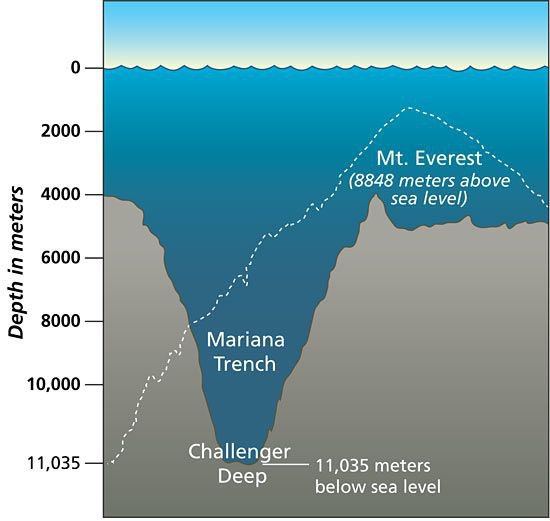
Mount Everest’s peak would still be more than a mile (1.6 km) underwater if thrown into the Mariana Trench.
In comparison, the majority of ocean life exists above a depth of 660 feet. Nuclear submarines sail across the ocean at around 850 feet below the surface. Whales are rarely spotted below 8,200 feet. The sinking Titanic, the actual (though mythical) love of Jack and Rose, may be discovered at 12,467 feet.
The Challenger Deep is located towards the southern end of the Mariana Trench. It lies 36,070 feet below sea level, making it the deepest area of the Trench and the point furthest distant from the water’s surface.
Deepsea Challenge
While hundreds of individuals have gone to the peak of Mount Everest, the highest point on Earth, only three divers have ever visited the Challenger Deep.
Don Walsh and Jacques Piccard in 1960, using the Bathyscaphe Trieste Submarine designed by Jacques Piccard’s father, Auguste Piccard. It taken almost 5 hours to complete the depth of 10,916 metres, and they only stayed down for 20 minutes until a window cracked and they emerged.

The next visitor arrived in 2012, more than 50 years later, when director and science fiction fan James Cameron solo dived to the Challenger Deep in a submarine he created. Cameron was allowed to stay for three hours. Of course, he recorded video and snapped several photographs.
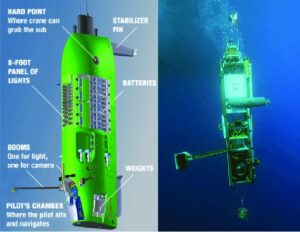
Victor Vescovo, an American businessman and adventurer, became only the fourth person in history to dive into the Challenger Deep in 2019. He also claimed to have fallen to 10,927 metres, over 30 metres deeper than Cameron. Although this allegation has yet to be thoroughly confirmed, Vescovo has unquestionably made history.

Can we Explore the Mariana Trench?
We’ve gone further into space than we have into the Mariana Trench because we know so little about it. And, like our efforts in space science, our urge to examine the trench has been inspired by the question “Is there life out Mariana Trench?”
At that depth, your bones would practically melt.
Before 1960, marine biologists doubted that anything could survive in such harsh circumstances. Some people believe vertebrates would perish at such high pressures because calcium can only exist in solution. At that depth, your bones would practically melt.
Despite their brief stay, Piccard and Walsh saw evidence of life, including what seemed to be a flatfish. (However, other experts afterwards claimed that it must have been a sea cucumber.) When it came to life, James Cameron characterised the Challenger Deep bottom as “quite lunar,” as in fairly desolate. However, his research found new kinds of bacteria and tiny crustaceans that were able to survive even at the deepest part of the Trench.
Expeditions have identified a number of aquatic species that live at somewhat lesser depths throughout the rest of the Trench. In 2015, the Okeanos Explorer, led by the National Oceanic and Atmospheric Administration (NOAA), found a the little, nearly translucent octopus that appears to lack the color-changing abilities of other octopi, a “sponge the size of a minivan,” and a ghostly white fish which has been explained as a mini version of Falcor, the big white dragon from the Neverending Story.
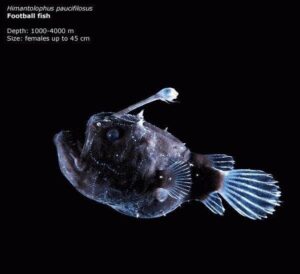
How did the Mariana Trench Form?
The Mariana Trench is not alone: there is a vast network of deep trenches that cut their way through the ocean floor. They are the consequence of two tectonic plates colliding. When two of the rock slabs that make up the Earth’s surface move and collide, one slab can be driven beneath the other, forming a trench.
The Marianas Trench Marine National Monument, established by then-President George W. Bush in 2009, established a U.S. protected zone over the majority of the Trench. Because it is closest to Guam, a US territory, the US has authority over the majority of the trench.
Visits now need a research permission, but that hasn’t halted the steady march of plastic garbage, which has already entered even the lowest depths of the ocean. Earlier this year, a diver going as deep as 35,849 feet reported finding a plastic bag in the Trench for the third time.

